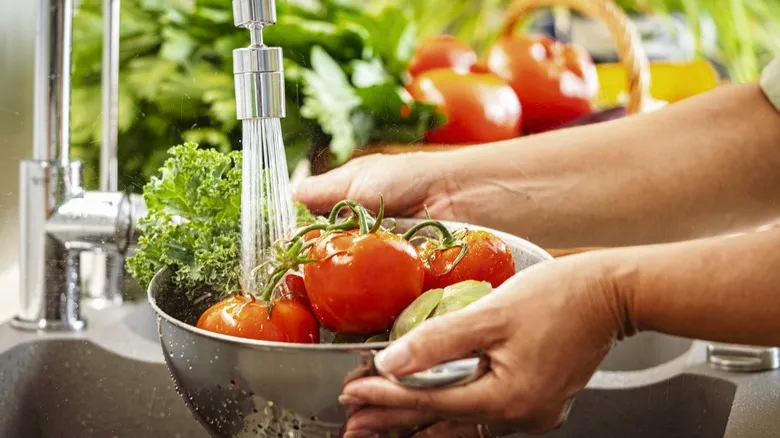Cleaning fresh produce with baking soda
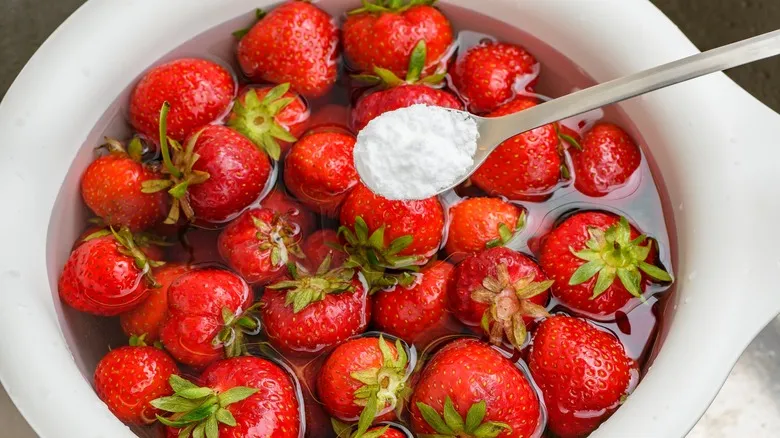
If you're looking for an extra layer of safety, consider cleaning your fruits and vegetables with baking soda. Simply fill a clean bowl with cold water and mix in a teaspoon of baking soda for every two cups of water. If you prefer to use your sink, ensure it’s thoroughly sanitized and add 3 to 4 tablespoons of baking soda. To avoid damaging delicate produce, soak fruits and vegetables for just 12 to 15 minutes. For thicker-skinned items like potatoes, melons, and apples, you can gently scrub them with a vegetable brush, such as Zemozen's or OXO's, while delicate items can be rubbed gently with your fingers under running water.
However, contrary to the advice Rachael Ray once offered, it's best to wash produce right before you plan to use it. Washing can introduce moisture that promotes bacterial growth. Also, ensure that anything that will touch your cleaned fruits and vegetables, like a drying towel, is clean as well. Cross-contamination is a serious concern, and placing your clean produce on a dirty countertop undermines the purpose of washing it in the first place.
Recommended
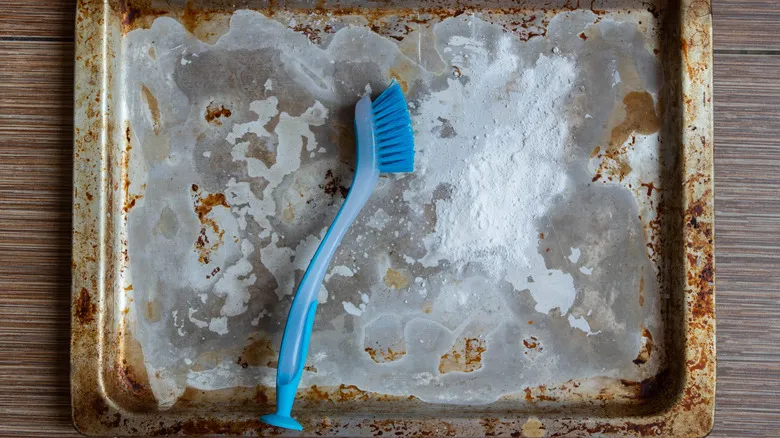
What To Avoid When Cleaning Aluminum Kitchenware With Baking Soda
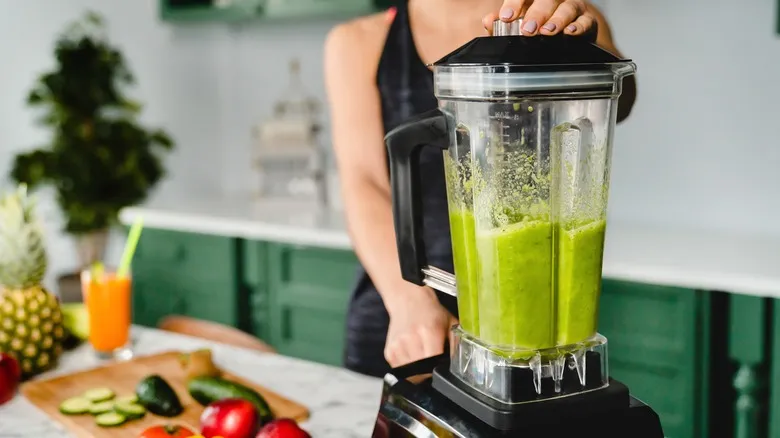
Your Blender Probably Isn't As Clean As You Think It Is
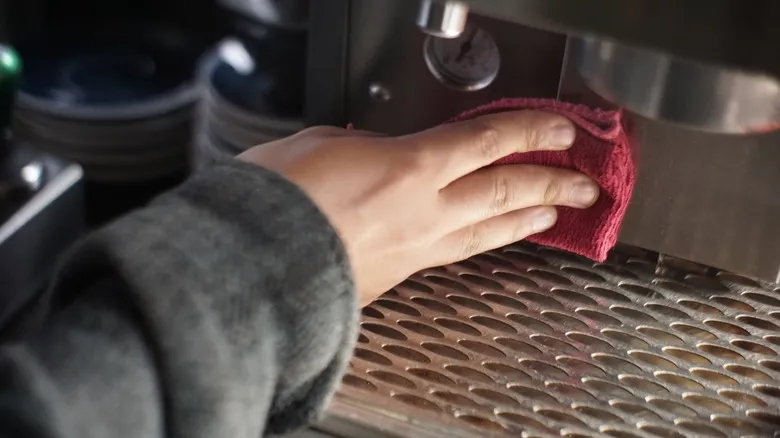
The Pantry Staple That Will Keep Your Espresso Machine Sparkling Clean
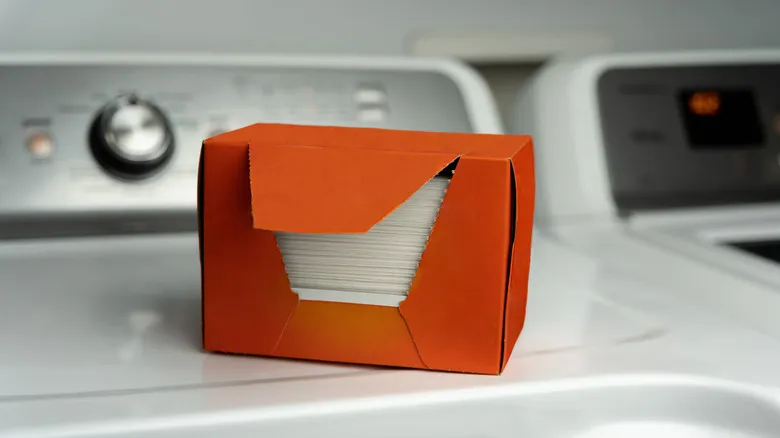
Should You Be Cleaning Your Sheet Pans With Dryer Sheets?
Next up

